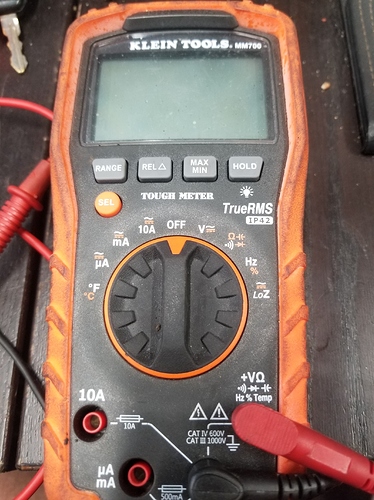Electricity isn’t my thing so just tell me what to do lol. I also have this meter available. I know I’m in over my head. I can take the router back apart if needed.
Also my main interest is trying new ideas, pushing percieved boudaries. I really wanted to give some type of data that would tell us how much power this thing is consuming. Not just make it work after everyone said it wouldn’t.
